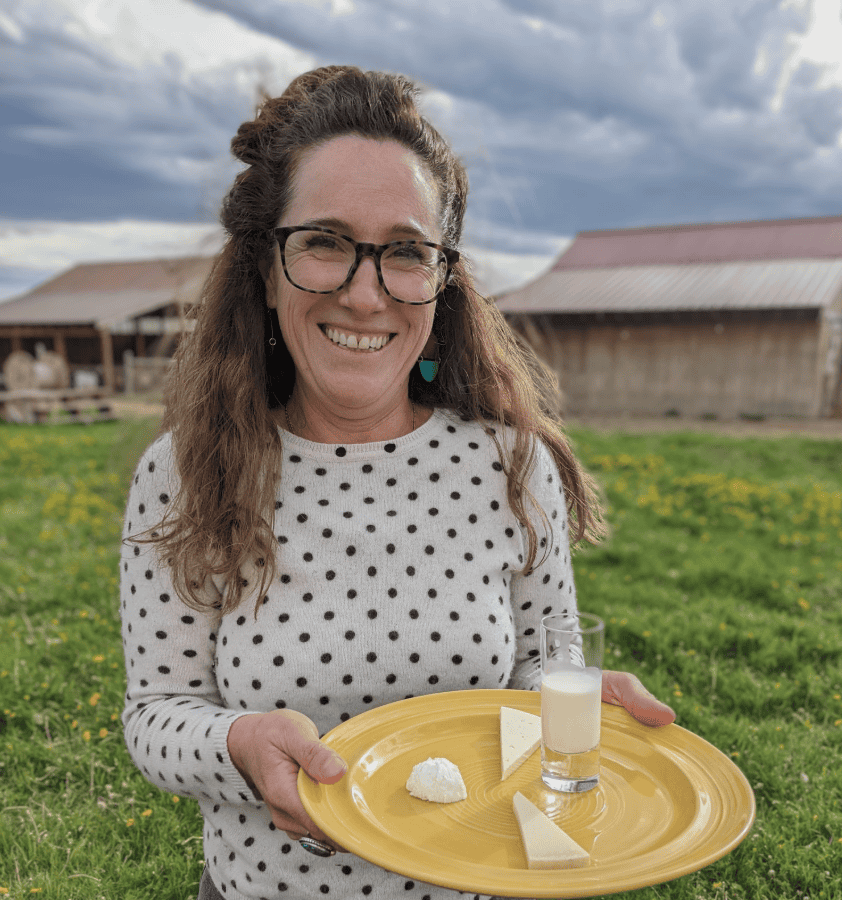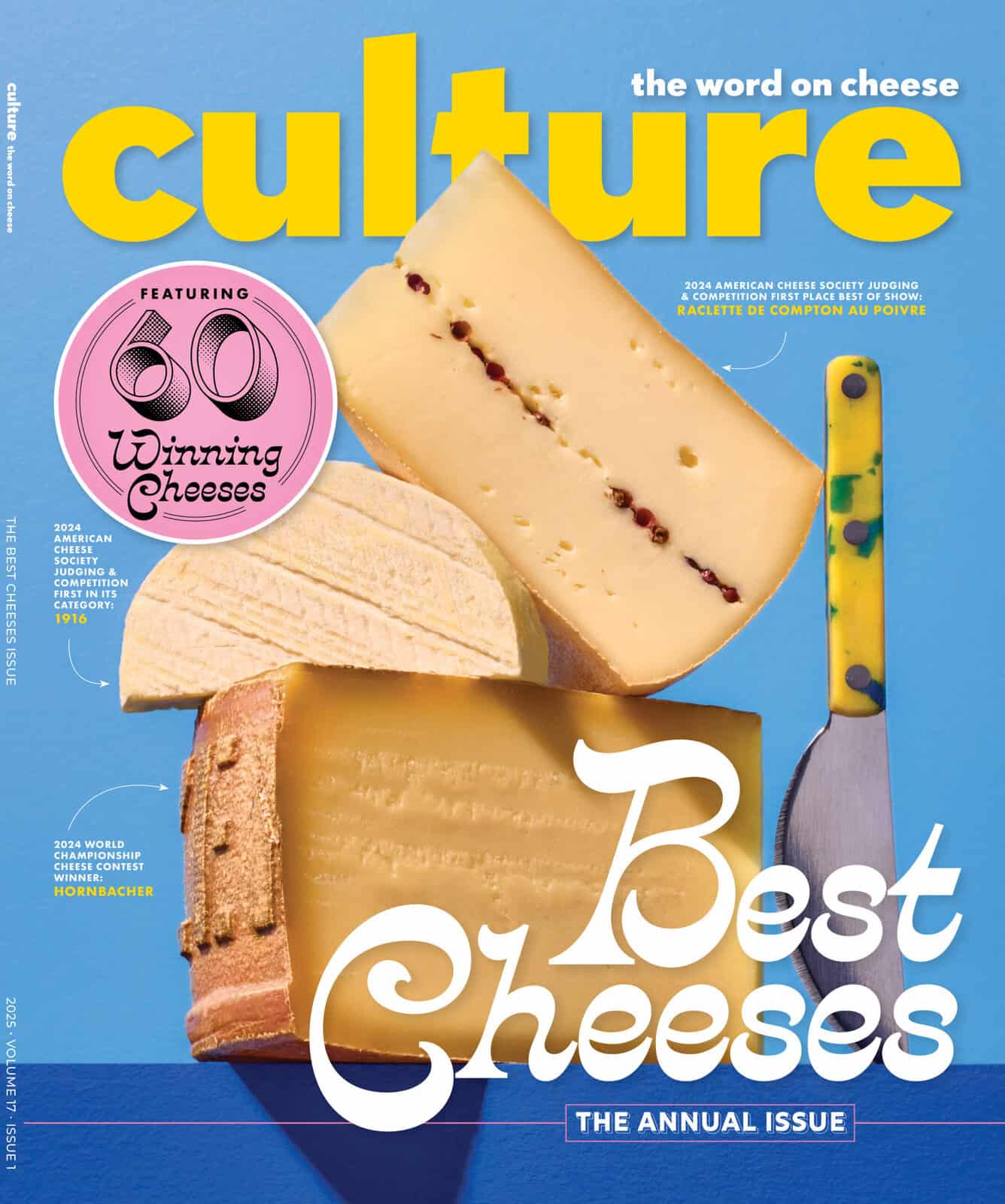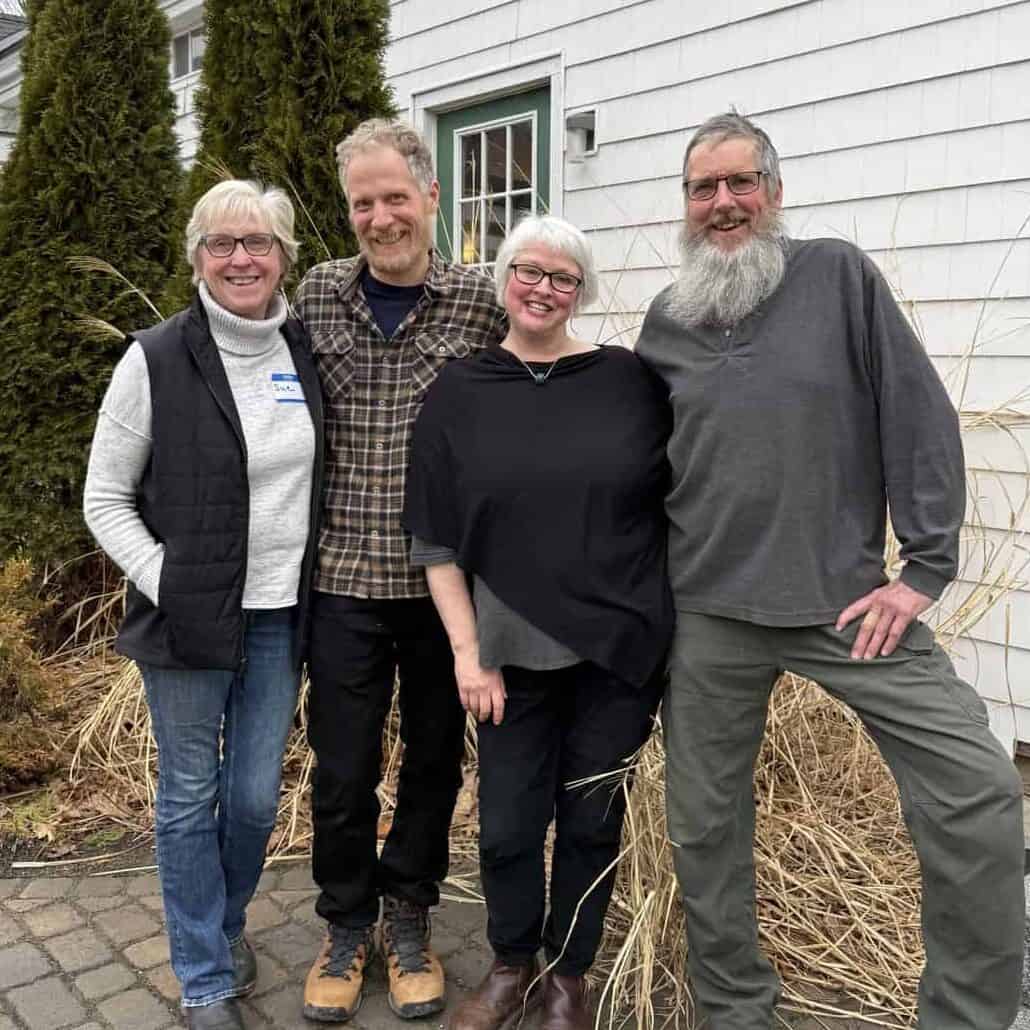
A combination of planes, trains, and automobiles transported me from the Rocky Mountains to Putney, Vermont, for science. craft. cheese’s first Science and Craft of Raw Milk Cheese conference. The piecemeal travel was necessary, because, like a fellow attendee and cheesemonger said, “Rachel [Fritz Schaal] and Peter [Dixon] ROCK and if two of the smartest, passion-filled people I know are hosting a conference about the science behind cheesemaking, I know I’m going to leave filled with much more knowledge than I came with.”
Cheesemakers, scientists, mongers, affineurs, and dairy farmers came from across the globe, and we all left with much more than we anticipated: expanded community, knowledge, connection, inspiration, and cheese-filled bellies. The depth of cheese is what I am drawn to: a delicious, cheesy morsel weaves together dreams, ruminations, attempts, and evolution. Each wedge is an edible tapestry. The conference explored, highlighted, and presented the depth of cheese that I had been craving.
For years, Rachel Fritz Schaal, Sue Miller, Mark Gillman, Peter Dixon, and Brian Civitello conspired to bring this into fruition. “We were longing for the opportunity to gather again with makers and grazers committed to small-scale, raw milk cheesemaking and the grass farming that is necessary to make exquisite cheese,” said Schaal. “Scientific research had to be the core, with practical cheesemaking information, experienced dairy farmers, and Brad Kessler’s ruminations on the intertwining of art, science, and craft that are the heart of what we all do.”
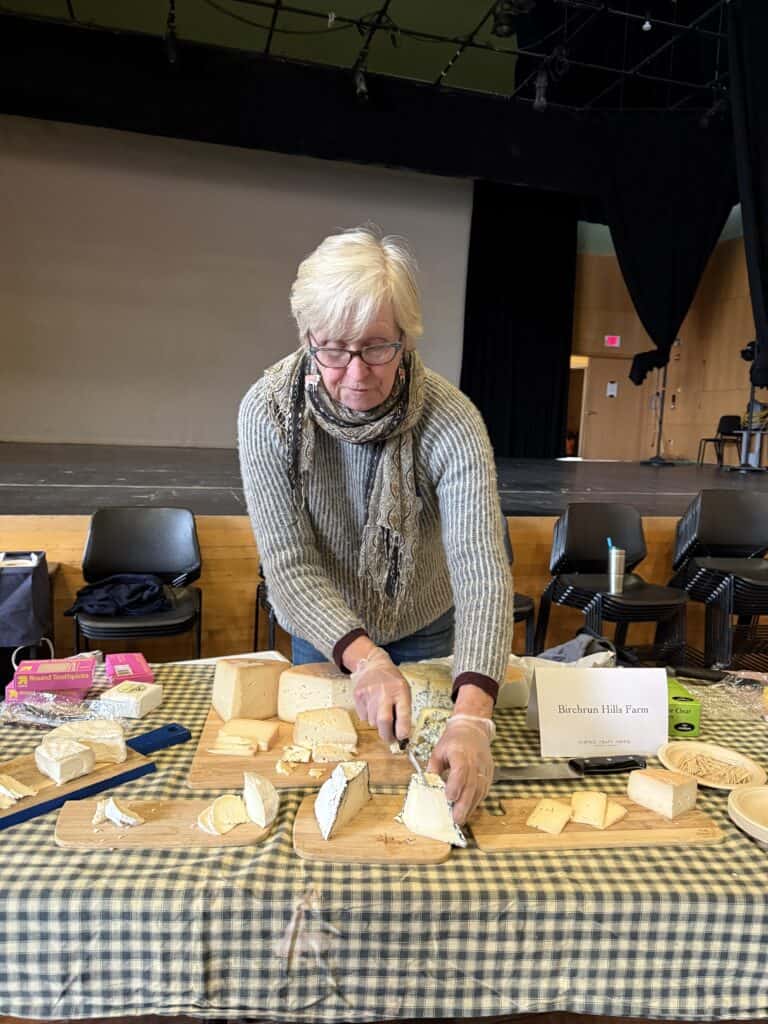
Sessions included presentations and discussions on staphylococci, the resistome, mold diversity, and autochthonous starters, as well as panel discussions on grass farming and the Cornerstone Project. The whole weekend was an invitation to build community and learn from each other. Rich Q&A segments led to informal discussions between sessions, spilling over into lunch, and ideas were amplified during the outstanding cheese tasting.
This science-based conference managed to make space for heart. The topic of milk was the thread tying together each presentation. For example, at the micro level, professor Ben Wolfe’s presentation, Making Sense of Mold Diversity in Artisan Cheese, took us into the interactive microbial community of molds—ecological weavers that build an interconnected foundation for bacteria, yeasts and other molds to create a habitat that fosters facilitation and cooperation across species. Sessions from doctors John Barlow and Felipe Machado Sant’Anna of University of Vermont, proved that tax dollars supporting scientific research is money well spent.
Margot Brooks, Sam Dixon, and Melanie Dietrich Cochran joined Peter Dixon on a panel discussing Grass Farming for Cheese Milk and what it means to grow great grass for specific herds. The discussion considered grass flavor profiles, soil components, and seasonality, as well as their own quality of life balance, resources, and customer demands. Dixon reminded us that the start of raising quality milk starts with soil. “If you are taking something out of the land,” Dixon explains, “you have to put something back in.”
Civitello and Dixon wove theory, history, and make details into their presentation: Taleggio: Comparison of Traditional & Industrial Make. They reflected on the hands-on pre-conference workshop, Taleggio: Two Ways, as well as details including culture use, temperature parameters, and pH markers encouraging makers in their research and development endeavors. A fellow attendee and cheesemaker noted “I also absolutely loved the Taleggio session—we make a taleggio-style cheese, so it gave me new ideas for achieving the texture we want for the paste and also new ideas for how to story tell about our cheeses!”
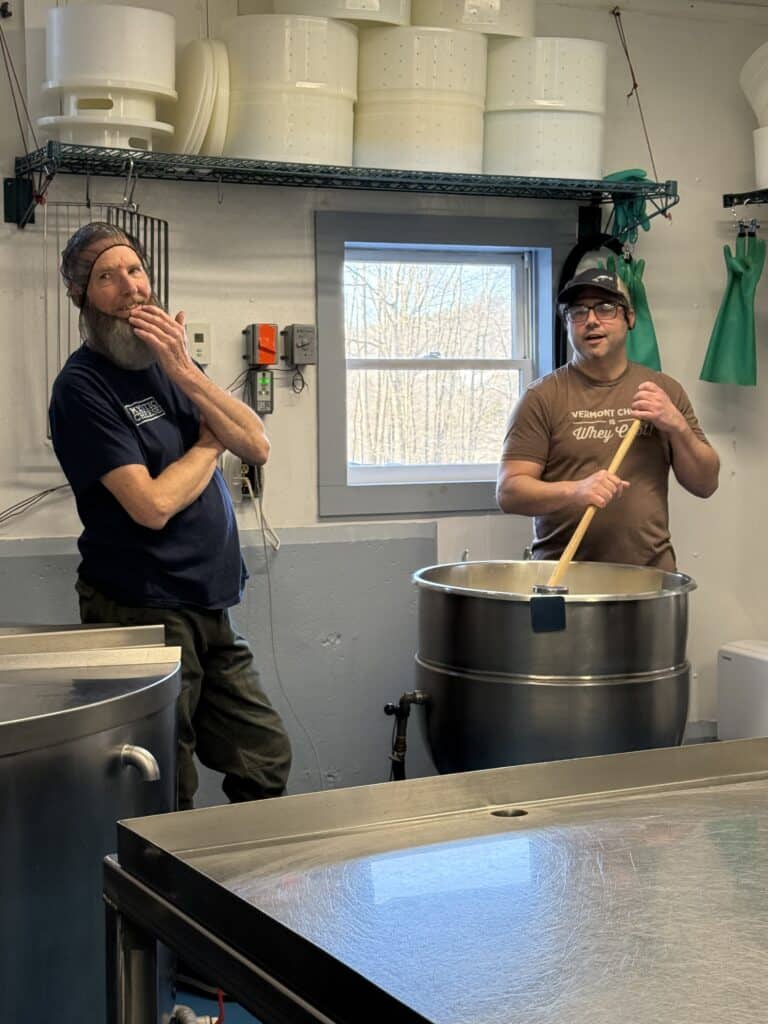
Schaal illuminated the mysteries of autochthonous cultures in her Harvesting Microbes session. She discussed the history, science, and craft of autochthonous cultures lifting the veil, inspiring cheesemakers to put their newfound knowledge into practice. “I was especially hoping to learn more about starter cultures,” reflected another attendee and researcher, “and I think I learned enough to try my hand at it, which is very exciting. I also realized it’s not nearly as ‘random’ as my impression of it was, but very much backed by science.”
Schaal primed participants’ knowledge and taste buds for the Cornerstone panel, where we tasted wedges of all three Cornerstone while each maker discussed similarities and differences in the cheeses and their experiences as part of the project. (To read more about the Cornerstone project, check out our Spring 2019 article)
The full program of the Science and Craft of Raw Milk Cheese conference is on the science. craft. cheese. website, with links to each presenter’s website. The rich and densely knitted information was streamlined because of their passion, care, and consideration for quality cheese. Brian Civitello said it best: “Cheese is science, craft, language and love.”


